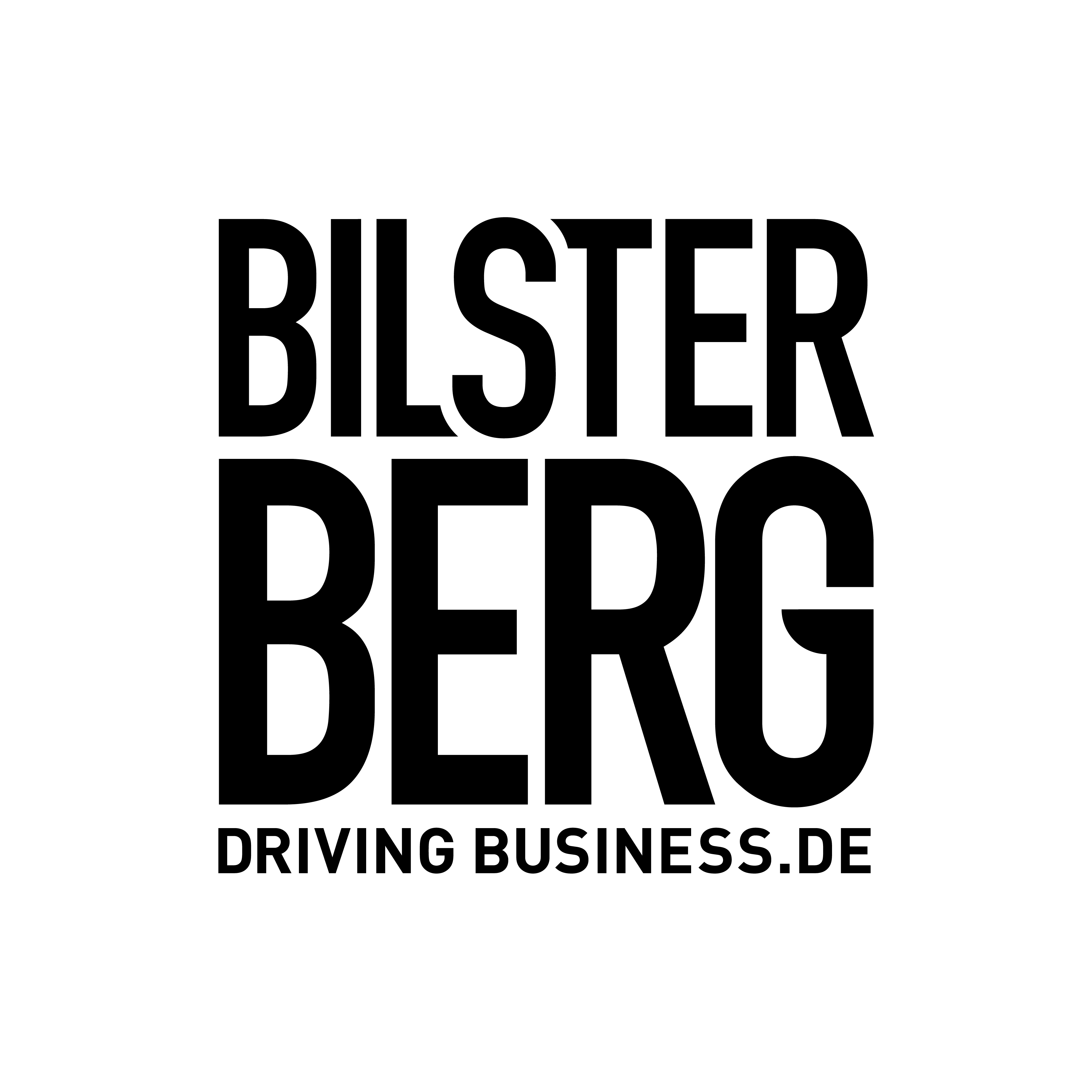
Campus BILSTER BERG
At the design competition “Racing-Camp in OWL”, budding engineers from all over the world compete with self-built racing cars. Even on the BILSTER BERG.
The sun shines brightly on the track and the pit lane as seven compact cars are wheeled to the start. Then the start flag drops and the race cars sprint across the hot asphalt with a buzzing engine. It’s 34 degrees on this May 28, 2017, yet the little monopostos chase each other around the 400-metre track in just 25 seconds. “The acceleration race is one of eight disciplines that are judged at the Racing Camp in OWL,” says Stefan Lübbecke, chairman of the UPBRacing Team at the University of Paderborn. In addition to driving dynamics, a good design, solid financing and a convincing presentation of a business plan is reviewed. “For eleven years, we have been developing, constructing and testing vehicles with students from our university within the Racing Camp,” says Lübbecke. “In the process, the students develop a new racing car every year.” The international design competition for future engineers and students from other disciplines has been running for 12 years. “We are happy to get involved with the Racing Camp in OWL,” says Hans-Jürgen von Glasenapp, Managing Director of the Bilster Berg Driving Resort, “because it is the ideal platform for us to exchange ideas with the vehicle engineers of tomorrow.” The participating team from the University of Paderborn consists of 42 young men and women. Despite their busy study schedules, they work closely together to develop their vehicles, work out business plans, raise sponsorship money and do public relations work, and are committed to the competition with all their heart and soul. Some students even sacrifice several semesters to be able to come up with a car capable of winning at the motor sport competition. The result: “Fascinating racing car designs,” says Lübbecke, “and good contacts to potential employers.” This is ensured by the practical cooperation with mentors from companies in the automotive and supplier industry. “Even though there are no certificates or credits at the university, the effort is worth it,” says Lübbecke. For the automotive industry, the Racing Camp is one of the best places to make contact with highly talented young people. The Racing Camp was organised by the VDI OWL – Verein Deutscher Ingenieure Ostwestfalen-Lippe e.V. (Association of German Engineers East Westphalia-Lippe).
Two semesters of car racing
Formula BMW, GP2, Renault World Series – everywhere it’s about preparing the drivers as well as possible for the next step. But where do the engineers of tomorrow learn their trade? The answer: at the racing camp in OWL. “Today, there are already engineers in almost every racing team who got their start at the Racing Camp,” reports Lübbecke. His team had already started the design and development phase in September last year. “By the end of the year, we had the entire vehicle in CAD so that we could start manufacturing the individual components of the racing car in the new year. The goal this year was to develop an even more reliable and at the same time faster vehicle. The special focus was therefore on aerodynamics. In addition, safety is always a special aspect. “Safety must be guaranteed at all times,” says Lübbecke. “For example, we had to use a roll bar made of a special steel, in order to comply with the existing safety regulations.” Otherwise, however, the regulations allow for a colourful variety of materials and solutions. After all, the teams of students are supposed to show how they can achieve convincing results with all the possibilities of engineering work. Equal opportunities and fairness are then ensured by the technical restrictions for the engine.
Text: Nicole Thesen (Zimmermann Editorial)


